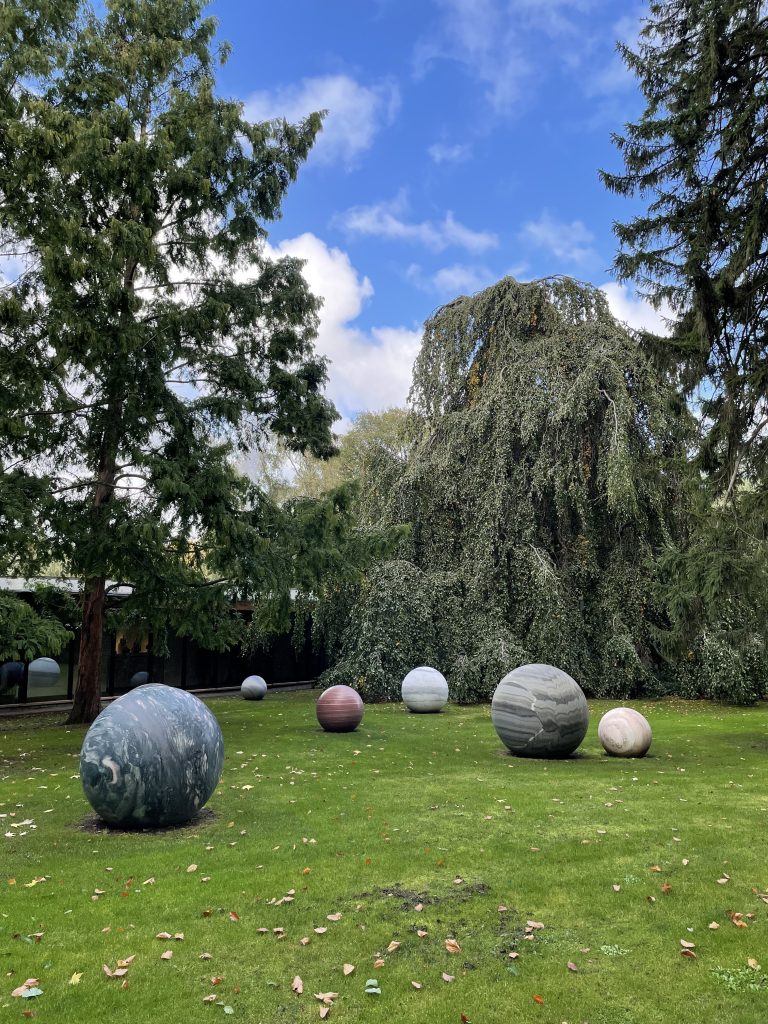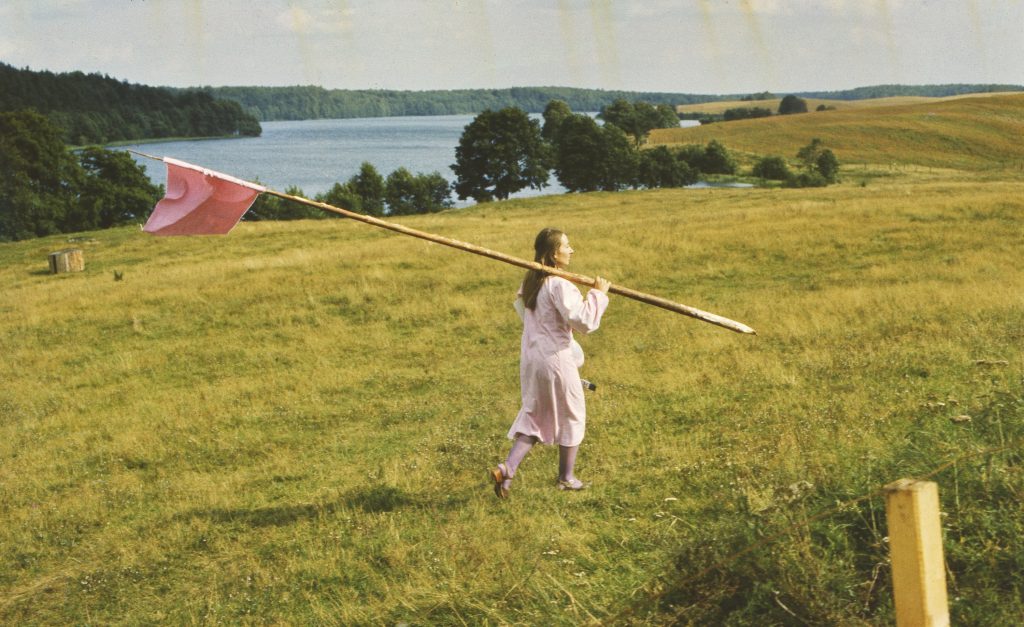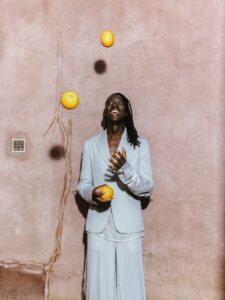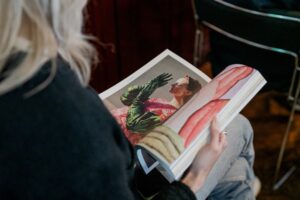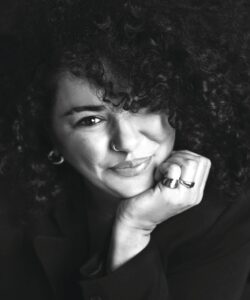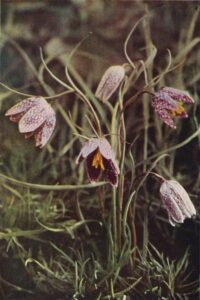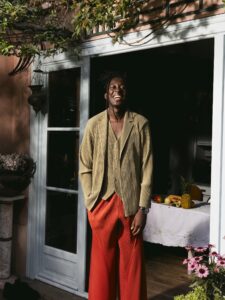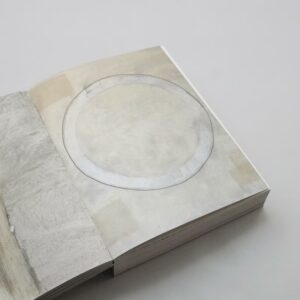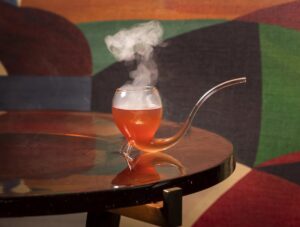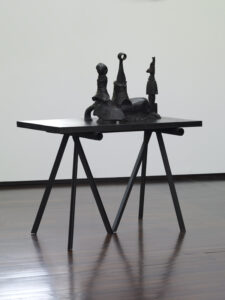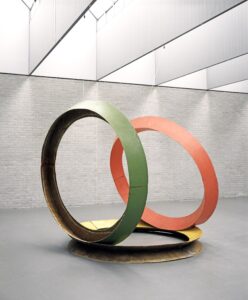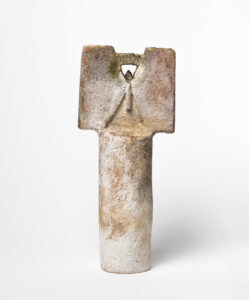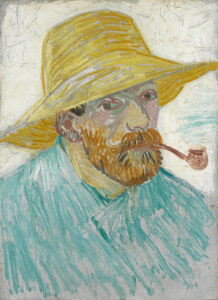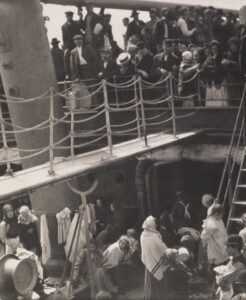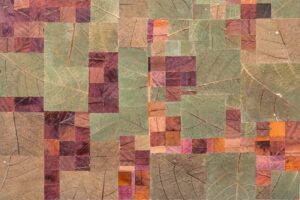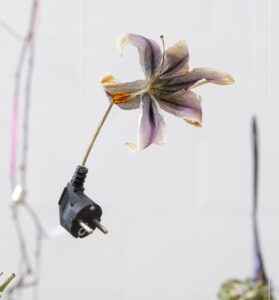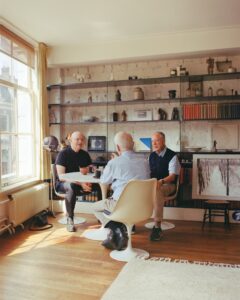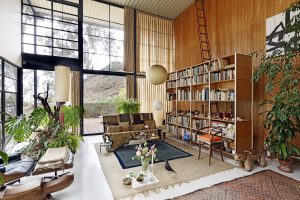Copenhagen
A travel diary
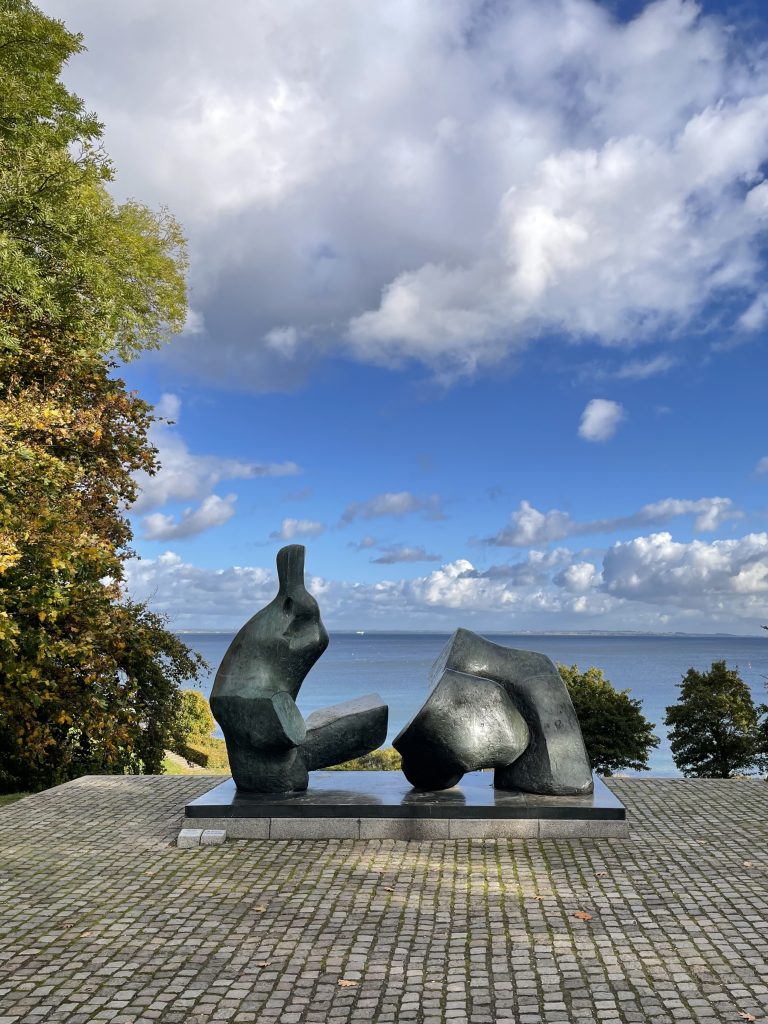
1. Louisiana Museum of Modern Art
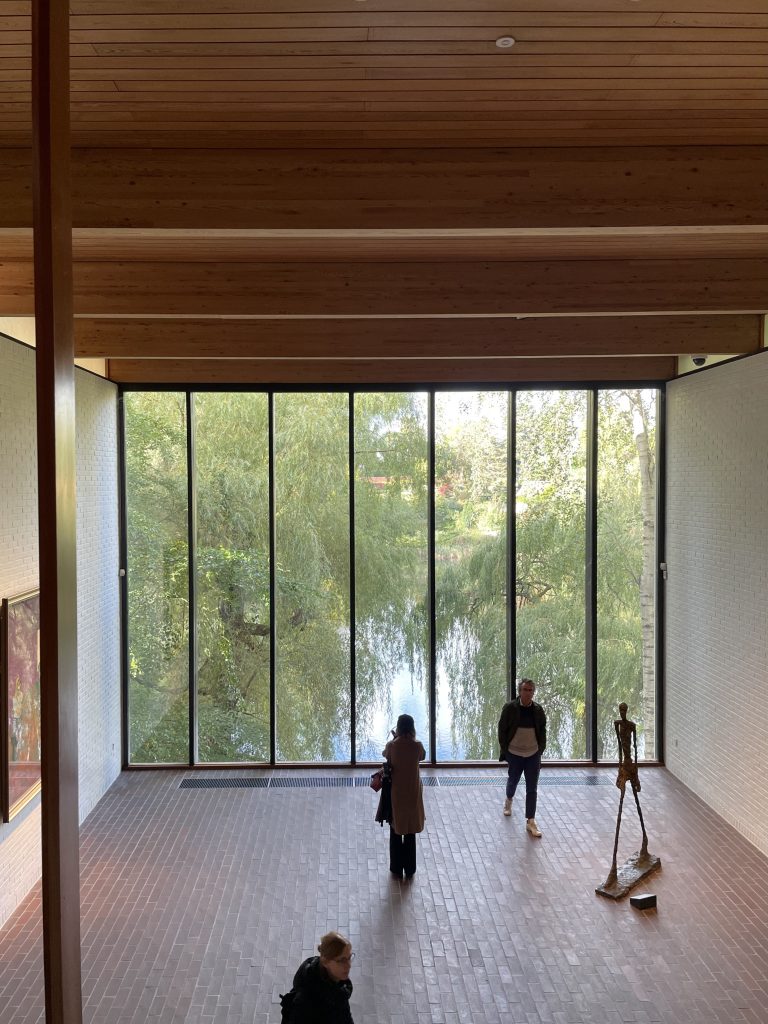
1. Louisiana Museum of Modern Art
A forty-minute train ride from the city centre of Copenhagen takes you to the Louisiana Museum of Modern Art, in the coastal town of Humlebæk. The museum was founded in 1958 by Knud W. Jensen, who intended for it to be a home for modern Danish art. It turned out to be an immediate success: in its first year, the expected 40,000 visitors would actually be no less than 225,000. On the property you’ll find the Old Villa with works from the collection, exhibition pavilions, the famous Giacometti Gallery and Kusama’s installation Gleaming Lights of the Souls, and a spectacular sculpture park, with works by artists such as Henry Moore, Alexander Calder and Alicja Kwade. Each relating to their stunning sur- roundings: ‘Each work demands to be seen without too much competition from other works of art and without a restrictive landscape setting’, Jensen said..
